By Jerad Heitzler on Dec 3, 2020 10:05:05 AM
It seems like most plants or mines that operate belt conveyors fight dust and spillage problems. I take calls and emails about it every day. Our inside sales reps constantly chat with customers about how to reduce it. When I'm conducting conveyor training, it’s the first thing attendees at plants from all over the world want to talk about. For a long time, I have worked my tail off trying to educate personnel and implement plans for bulk material handling facilities to reduce dust and spillage. But yesterday, I was asked a question that really made me take a long pause at how I've been delivering that message. The question was "what’s the low hanging fruit?’"
You see, for many years Martin Engineering has proven that tactics to reduce dust and spillage at transfer points work. We know how to contain material and the air that accompanies it. We’ve rebuilt thousands and thousands of transfer points in all sorts of industries that move bulk materials. We have absolute confidence that our concepts work. So, why did the question "what’s the low hanging fruit?" make me pause? I think it’s because I never tried to teach the concepts of reducing dust and spillage in any other way than an overall systems approach. However, many plants don’t have the time or budget to implement the systems approach but they want to and can take care of that "low hanging fruit."
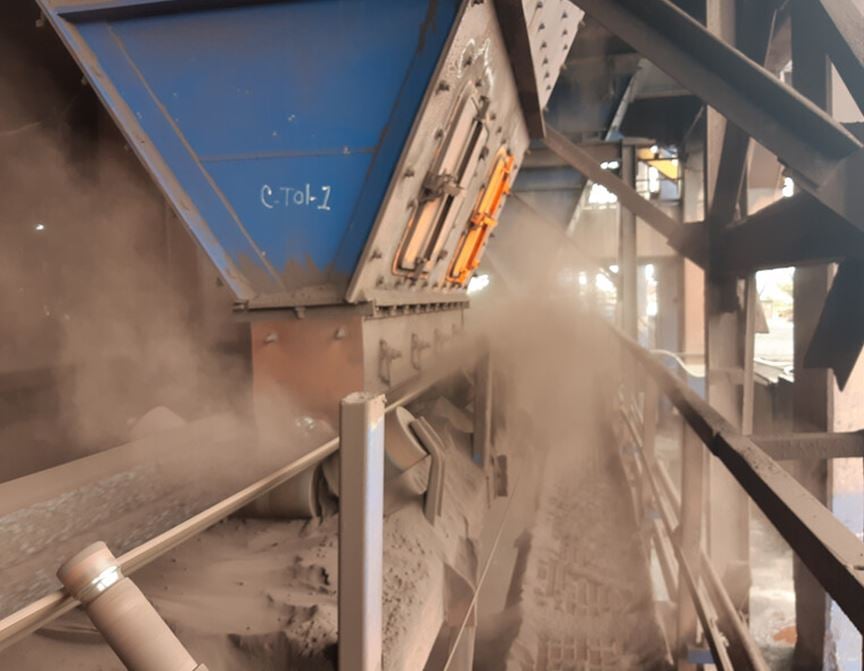
First Things First
One of the most important tactics a plant can execute is to really take a long, hard look at their belt support. There is a CEMA (Conveyor Equipment Manufacturers Association) standard that designers refer to when building a conveyor. That standard states “at loading points, carrying idlers should be spaced to keep the belt steady and to hold the belt in contact with rubber edging of the loading skirts along its entire length.” But the suggested dimensions of idler spacing don’t accomplish this. According to design standards, idler spacing would be 12” to 33”, which in our opinion is way too much spacing to control dust.
When belts are supported with too wide of space between idlers, the belt typically sags between idlers (even with appropriate tension). This sag allows the pressure inside the transfer point to push air (and dust) from under the skirting.
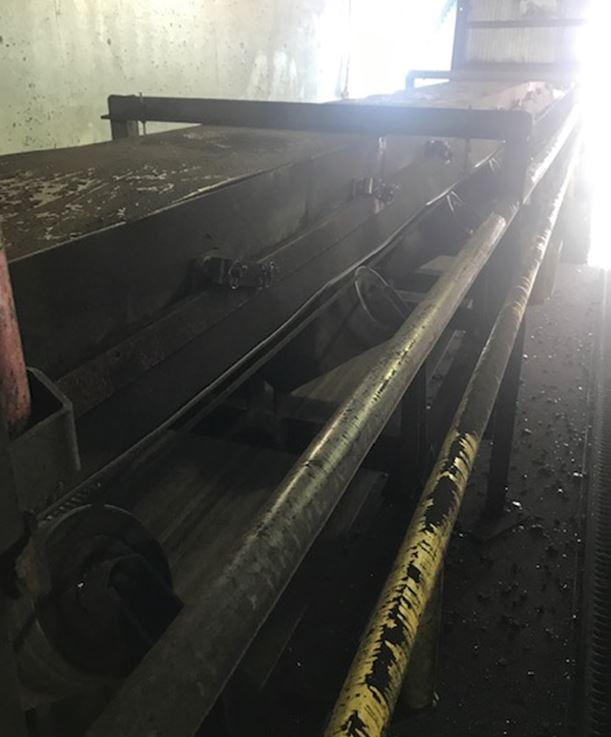
So, If you’re looking at some low-hanging fruit, look to your low-sagging belt.
Support the belt with idlers that are spaced as close as you can get them. You can use specialty track-mounted idlers that are easy to maintain and install and stack them even closer than traditional idlers because they have no foot that impedes spacing. Or impact and slider cradles can be used to eliminate sag completely.
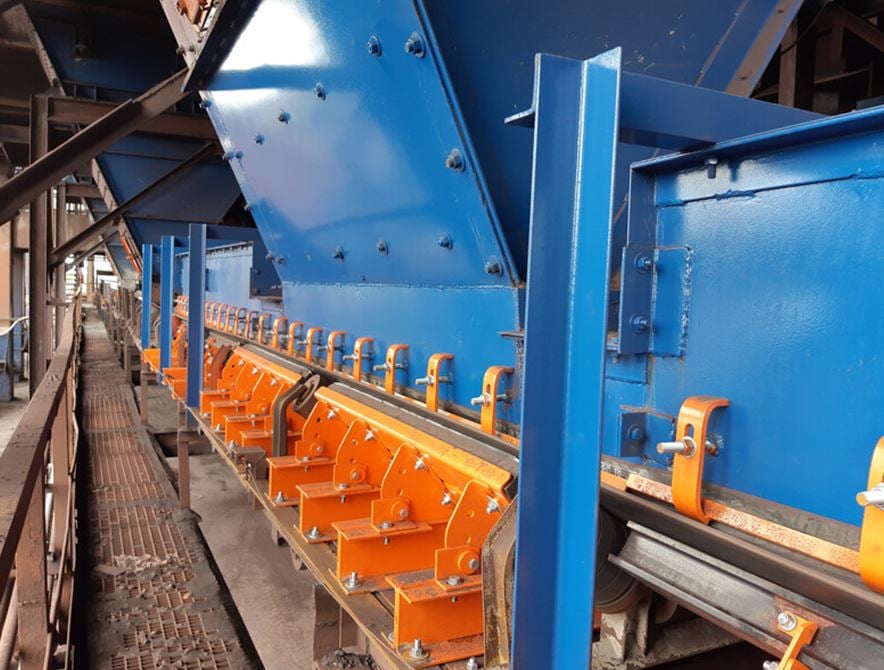
If idler spacing - or better said belt sag - is addressed, existing skirting and collection systems stand a better chance of success. So, there you have it. The low-hanging fruit of a transfer point in most cases is idler spacing and belt sag.
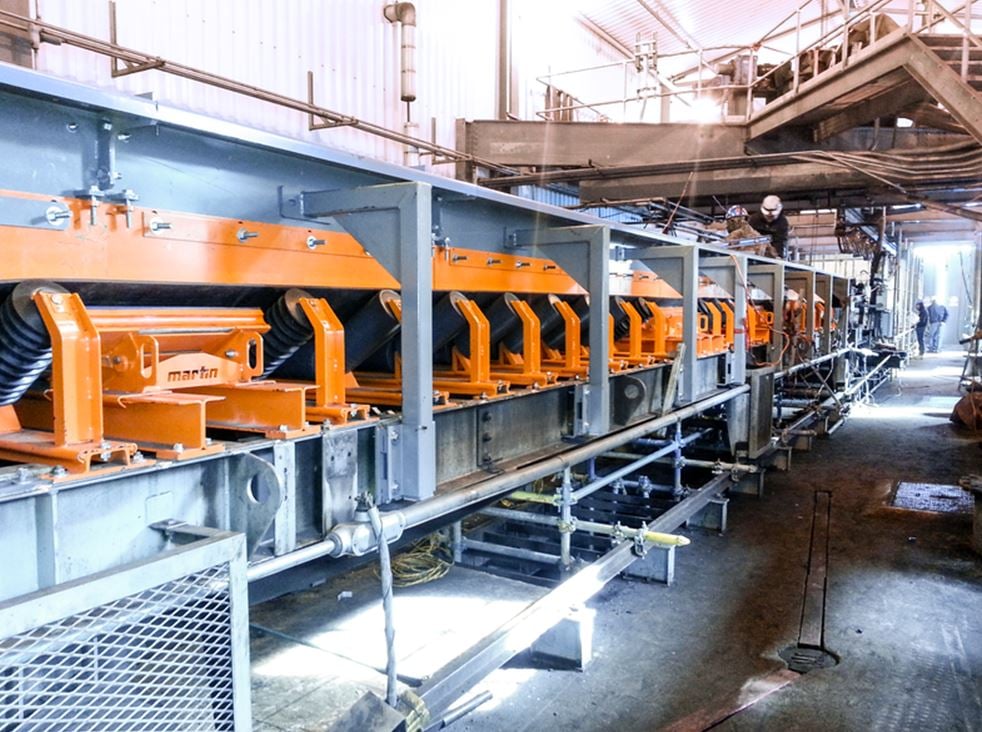

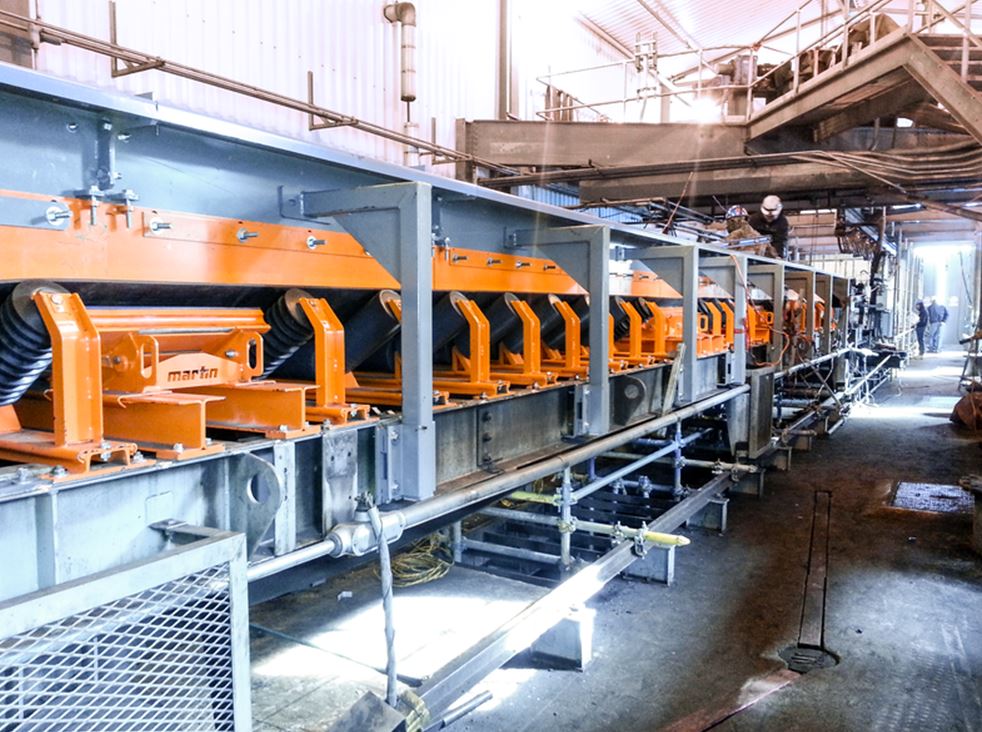



comments